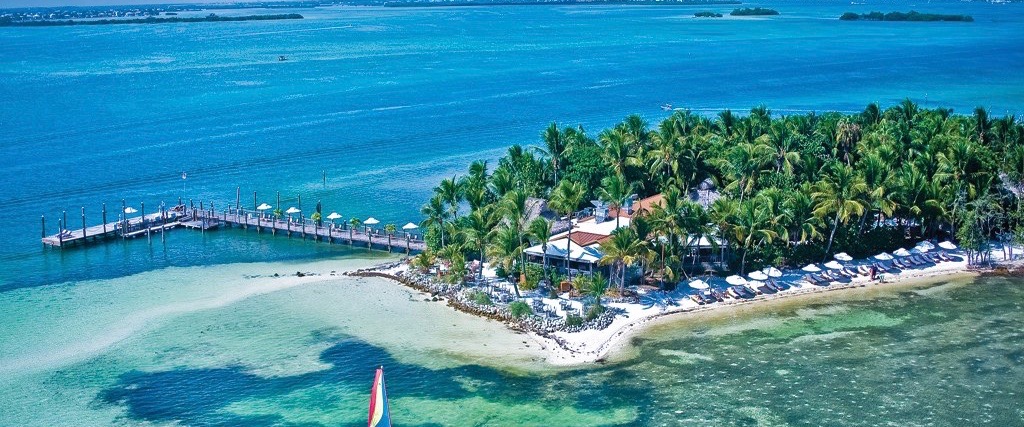
Trends

Lodging occupancy and revenue in the Southeastern U.S. both took a dip during the month of September in the wake of the hurricanes that swept through the region. According to data collected, analyzed and distributed by Inntopia in their monthly DestiMetrics Market Briefing yesterday, as of Sept. 30, aggregated actual occupancy for September among participating destinations was down 4.5 percent while revenues slid four percent compared to September 2016. A review of the combined months from May through October also showed a tiny 0.5 percent decline in occupancy for the six-month period, but an increase in Average Daily Rate (ADR) managed to offset those declines in occupancy and to eke out a one percent increase in revenues.
“Damage was certainly severe in some areas, particularly the Florida Keys, but in many other destination regions, the impact of the storms was more moderate,” explained Tom Foley, vice president of Business Intelligence for Inntopia. “For the most part, recovery has been swift and effective and even the Florida Keys have been declared ‘open for business,’ by Florida Governor Scott in both a proactive effort to minimize some of the negative media perceptions of widespread destruction and as a testament to the determination of the travel and hospitality industry in those communities.”
DestiMetrics delivers forward-looking reservation activity information to participating properties and organizations with individualized reports and aggregated averages for lodging properties, destination marketing organizations, and local chambers of commerce. Information in the Monthly Market Briefing is designed to assist with budgeting, staffing, and marketing for participating destinations based on reservation activity for one to six months in advance.
The picture for southeastern destinations for the next five months from November through April is more optimistic. As of Sept. 30, occupancy is up 14.1 percent compared to the same time last year with gains in every month except March. The ADR is down slightly for this period but with increased occupancy, revenues are currently up 8.9 percent for these winter months. Nudging up these increases was an uptick in booking pace. Bookings for arrivals in September through February were up 4.9 percent compared to the same time last year. However, bookings made in September for September arrivals were down a dramatic 83.3 percent as the impact and impressions about the two storms temporarily dissuaded potential visitors.
A brief synopsis of economic indicators is part of the monthly review that remained strong and stable for the month of September. The Dow Jones Industrial Average surged up 2.1 percent in September for the fourth consecutive all-time monthly close—despite the record setting damage from Hurricanes Harvey and Irma. The Dow is up 22.4 percent compared to the same time last year and has continued this pattern into October, now firmly established above 23,000 points. The market resilience is showing up with the sustained high values for the Consumer Confidence Index (CCI), though it slipped very slightly to 119 points for an 0.5 percent decrease in September. While confidence remained strong nationally, it decreased sharply in Texas and Florida in the wake of the hurricanes as consumers began the clean up and rebuilding process. Like the Dow Jones, confidence has continued its strong trend in October, now up to 125.9 points, its highest level in 17 years—since December 2000. Job creation declined in September for the first time since September 2010 due almost exclusively to the loss of 133,000 jobs in the services industry in the wake of both hurricanes. Despite the loss in jobs, the Unemployment Rate dropped from 4.3 to 4.2 percent but the decline was attributed primarily to the unemployed no longer looking for work. There is not job data yet available for October.
“Southeast destinations are now wrapping up their official summer season with only October occupancy figures yet to come, but we’re already seeing that Harvey’s impact in Texas was anecdotally felt in destinations further east and into the Florida panhandle,” said Foley. “While Irma clearly had a measurably negative impact on the Southeast regions’s paid and unpaid occupancy in late September, recovery has been swift, even in the hardest hit areas in South Florida and the Keys. The numbers for the winter season ahead are strong,” he concluded.